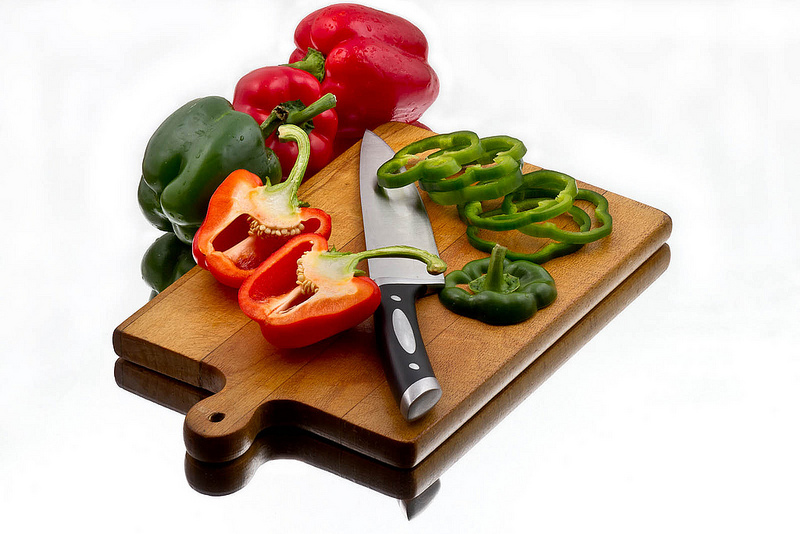Reading Time: 3 minutes

Sprouts not only taste good, but they are also a great source of vitamins, fiber, protein, anti-oxidants, and enzymes. A sprout is produced when a seed starts growing into a vegetable. Sprouts can grow from the seeds of vegetables, from grains such as buckwheat, and from beans. While mung beans are perhaps the most common source of sprouts, you can also obtain good results from lentils, adzuki beans and chickpeas just to name a few.
Sprouts can be grown almost anywhere and the best part is you only need a few basic supplies to get started. By following a few simple steps, you can receive a continual supply of nutritious sprouts.
While there are several commercial products available to cultivate sprouts, growing sprouts in a jar is one of the easiest methods.
Growing Sprouts in a Jar
1. Soak the seeds, grains, or beans in lukewarm water overnight in a wide-mouth glass jar. Remove any that are broken or damaged before you begin the sprouting process. (Sprouting increases the seed volume. 4-tablespoons will be sufficient for a quart size container.)
2. In the morning, pour off the water in the jar and rinse the seeds/beans thoroughly.
3. Place a piece of cheesecloth or muslin over the mouth of the jar. Use a rubber band to hold the material securely in place. This makes rinsing easier.
4. To keep the sprouts constantly damp, repeat the rinsing 2-3 times a day. Remember to drain any excess water because the sprouts should not stand in water.
5. Keep the jar away from the light for the first few days.
6. When the seeds/beans begin to sprout, (usually about the forth day) move the jar into the light to activate the chlorophyll and turn the sprouts green.
Storing the Sprouts
If necessary, wash the sprouts thoroughly to remove the seed coat. Sprouts need to be stored in the refrigerator once they are ready to eat. Put the sprouts in tight sealing bags, and they will remain flavorful and crisp for one to two weeks. Rinsing the sprouts daily under cold water can extend their life.
Some of the Kinds of Seeds/Beans You Can Sprout
The following list gives some of the popularly sprouted seeds/beans. It is not all inclusive as you can sprout almost any kind of seed. Remember that seeds soak up 2-3 times their dry volume in water and sprouts need at least six times the volume occupied by the seeds. So be sure that your container is large enough, and start with a minimal amount of seed in a container like a jar, until you determine the correct quantity that will grow to the sprout size you like, without being difficult to remove.
Your local garden shop or health food store will carry a line of seeds for sprouting. When purchasing seeds for sprouting, be certain that the seeds are intended for food and not for planting. This precaution is necessary because some seeds meant for planting have been treated with fungicides or insecticides to protect the young seedlings when planted in a field or garden.
Alfalfa – should be soaked for 6-12 hours. The seeds can be planted in the pots or jars and also in the flats with soil. 1-part seed gives 10-parts sprouts in approximately 5-6 days. Sprouts can be eaten after 3 days. When the root is 1-2 inches long, it will begin to develop tiny green leaves. At this stage, it needs to be eaten immediately so the plant will not switch to photosynthesis that exhausts the stored food in the seed.
Peas – when soaked in a glass jar, will grow sprouts in about 3 days. When the roots are 2-inches long, they are ready to eat. 1-part peas gives 2-parts sprouts.
Lentils – can be grown in either a glass jar or a plant pot and need to be soaked for 12-hours. The sprouts are ready in 3-4 days. Lentil sprouts are ready to be eaten when the root is 1-inch long. 1-part lentils gives 6-parts sprouts.
Barley, Oats, and Rye – should be soaked for 12-hours and then can either be grown as “grass” to harvest, or sprouts ready to eat after 3-4 days. The ideal length for eating is about 1/2-inch. 1-part seed gives 2-parts sprouts.
Mung Beans – after soaking for 12-hours, these beans can be grown by any method. Mung beans are the most commonly grown sprouts and are usually ready to eat after 3-5 days. When the bright, white root grows from 1-2 inches long, they are ready to eat. 1-part beans gives 4-parts sprouts.
By growing your own sprouts, you will save yourself money because it is less expensive to buy sprout seeds and grow and harvest the sprouts yourself, than it is to buy the sprouts from a market. Sprouting at home takes only a few minutes a day, and can produce a good part of your daily requirements of the nutrients you need from fresh produce. The hassles are minor, the costs are low, and the freshness is wonderful.



Thank you for your wonderful article! It has been very useful. I hope that you will continue sharing your knowledge with us.
I always check out this review website before buying any weight loss products. My favorite is the truth about abs because I hated the idea of being restricted in what foods I can eat so I tried it and found that it doesn’t affect my lifestyle in a negative way.